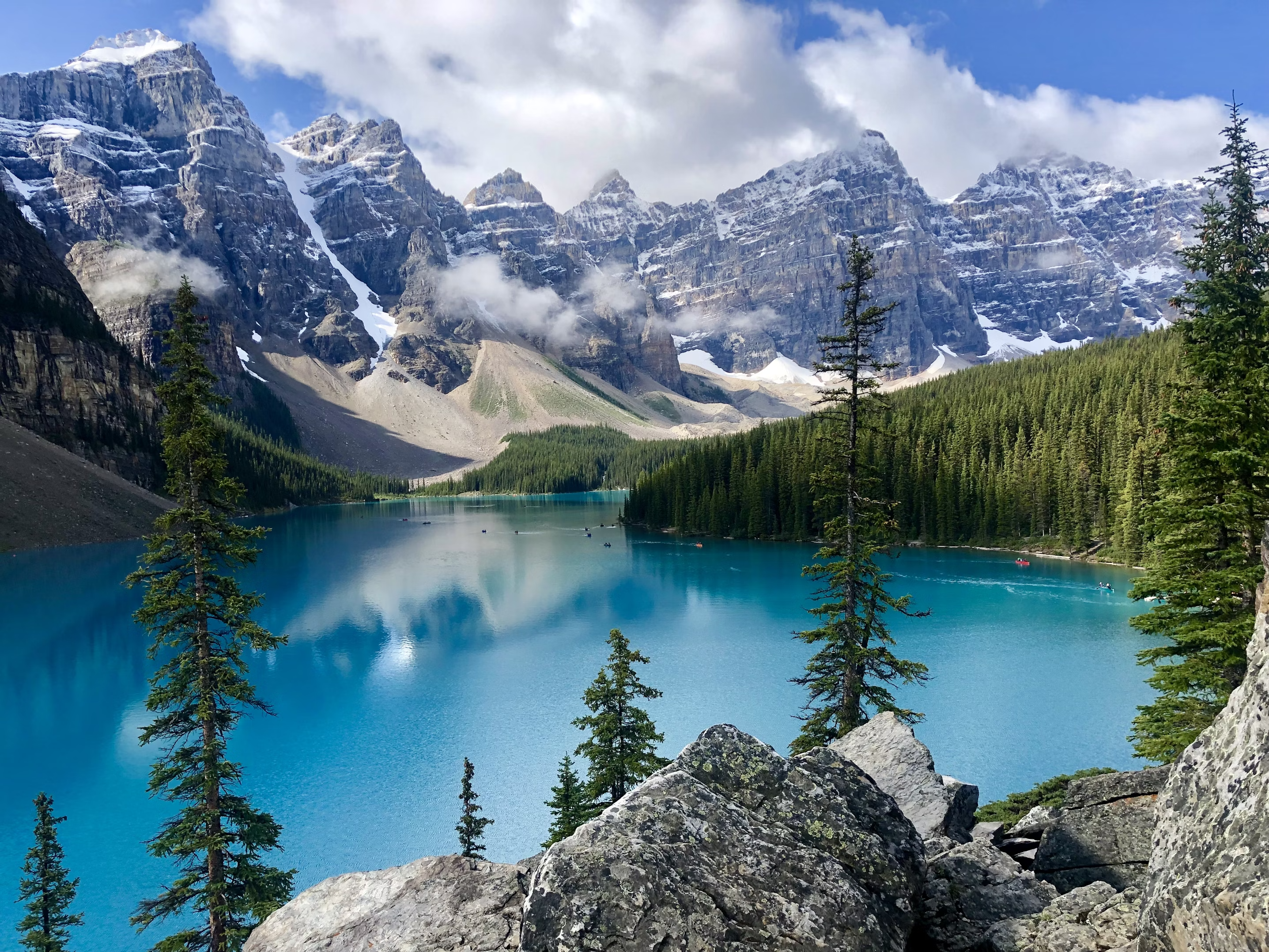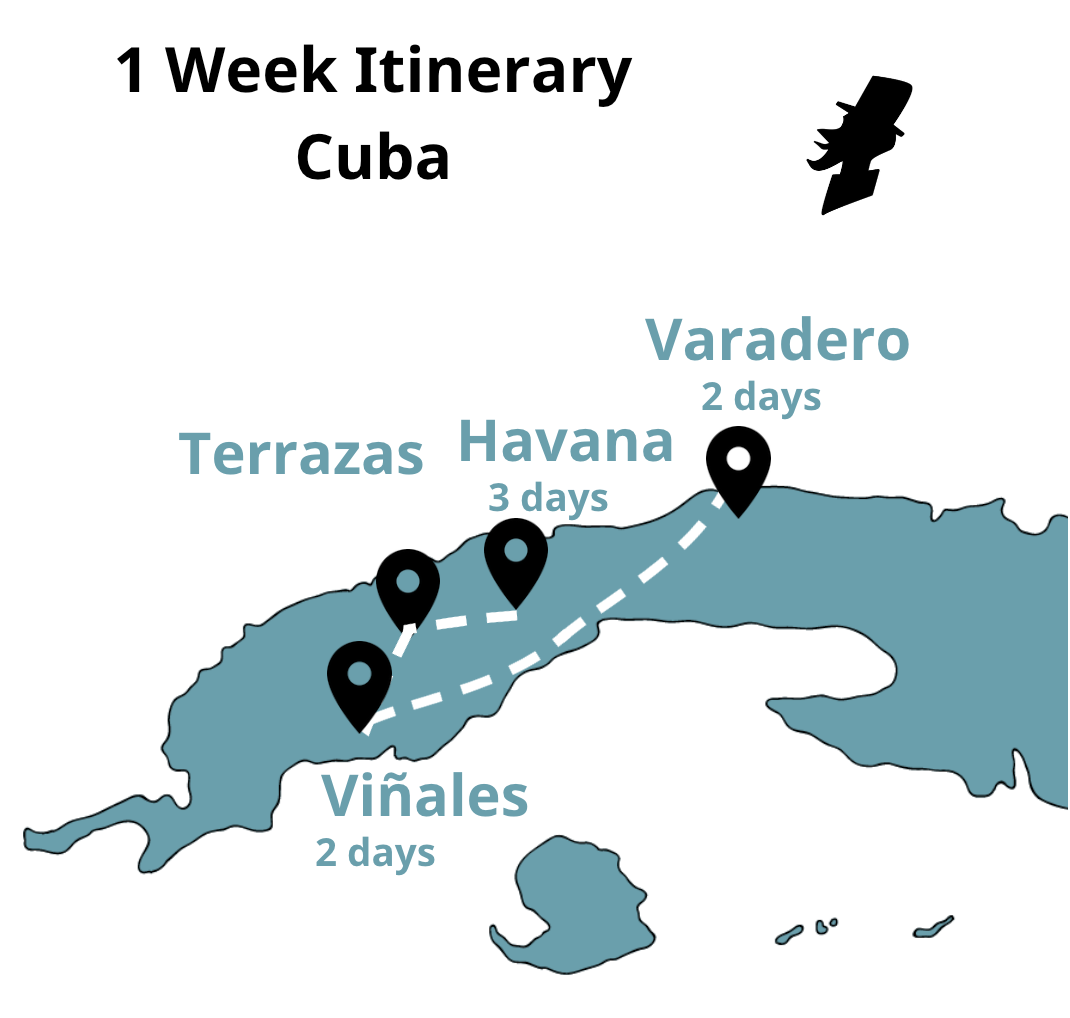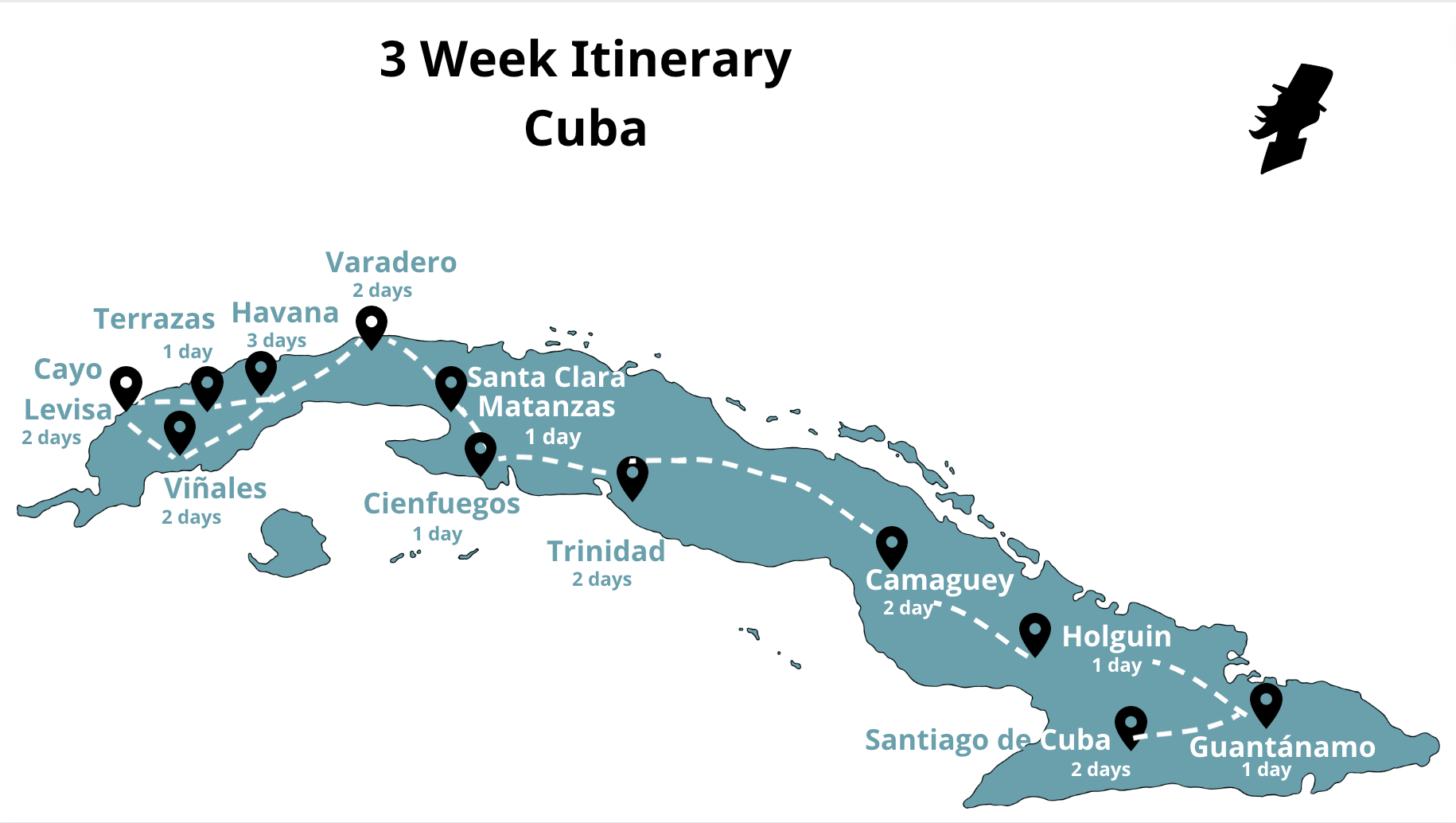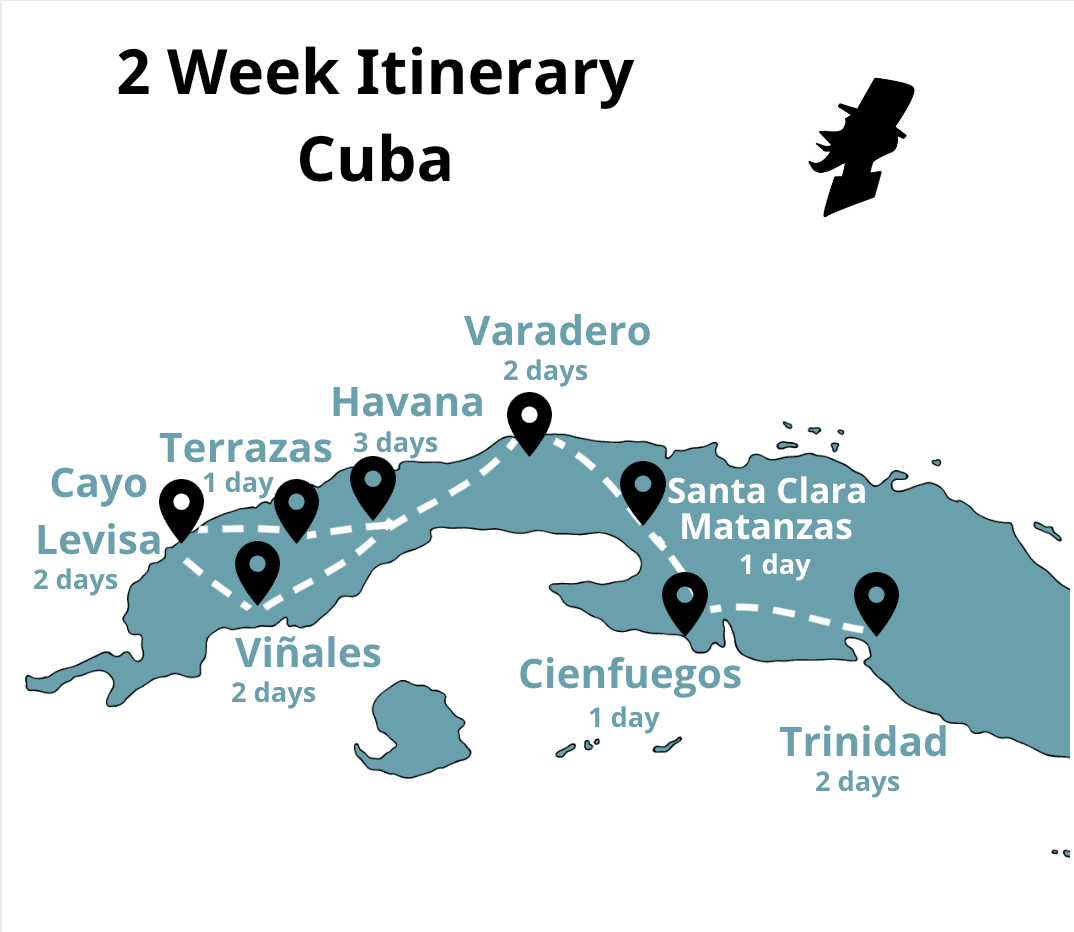Hello! Welcome to my final episode about Colombia. In the last 17 episodes, I’ve talked about all the places you could visit in my country, ranging from cities, beaches, mountains, jungles, snow, rivers, and different cultures. In this last episode, I didn’t want to talk about any specific destination but something that unites us as a country, and that is art. After my episodes, you can understand the magnificent diversity that exists in Colombia, not only with animals but with places, cultures, people, and customs. This diversity is highlighted in our arts, and I believe that understanding this will make you enjoy your visit to Colombia even more. That’s why I’m going to give a brief explanation of our arts, their origin, transformation, and impact on society.
In this episode, I wanted to talk about three things: literature, music, and art. I’ll start with literature, specifically the most well-known literature in the country.
Literature
In other episodes, I’ve talked about Gabriel García Márquez, a famous Colombian writer who received the Nobel Prize in Literature. He is recognized for writing works with Magical Realism, a literary movement where magic is normal, and the normal is magical. He is considered one of the most important names in this movement, but it’s interesting to think about the influence that Colombia’s history has had on his works.
Gabriel Garcia Marquez
First, we must consider the setting of Gabo’s stories, as they are closely tied to Latin America, especially Colombia. Magical Realism usually occurs in a place where magic is real (and normal), and these places are often poor or marginalized, like forgotten villages. Also, it’s essential to note that this place is narrated using the senses, and time is often not chronological. In Macondo, the fictional place where Gabo sets his works, echoes of Colombia can be seen, as this town is similar to Aracataca, where he was born. This town has these characteristics, being a remote and forgotten place with magical conditions (like its origin, which seems somewhat biblical).
Magical Realism
Second, we can think about the magical elements that appear in stories marked by Magical Realism. In Colombia, legends, myths, and stories often include magic. Legends were used by indigenous people and ancient civilizations to explain the inexplicable or the unknown, and that’s why many included magic. Gabo mentions that his grandparents told many stories, and most of them included magic or unreal things. In addition to that, the normal things that seem magical are related to the third world, to being a forgotten village, or a forgotten and marginalized society that doesn’t have the same things as the first world.
In Gabo’s works, all this magic/normality is taken to a greater extreme with his eloquence and in various examples. For example, regarding the weather, he mentions that in Macondo, it rained for four years, eleven months, and two days, and he talks about the effects of this rain. Although this is clearly magical and wouldn’t happen in real life, Colombia does face issues with heavy rains and floods in villages.
One Hundred Years of Solitude
There are other excerpts from “One Hundred Years of Solitude” that are perfect examples of Magical Realism. For instance, everything about language supposedly in Macondo: “The world was so recent that many things lacked names, and in order to mention them, you had to point with your finger.” With this, Gabo is alluding to the origin of the world, before the origin of language.
Finally, the example I like the most is the plague of insomnia. In his book “One Hundred Years of Solitude,” Macondo suffers a plague of insomnia, and no one can sleep. Throughout an entire chapter, this illness is discussed in a very normal way. It talks about how life organized itself, people started working more hours, and they began to forget words, again making a reference to the origin of words but in a normalized way.
This is the magic of Colombian culture, of stories, language, fortune-tellers, and those extraordinary things we have in normality.
Recommendations
If you haven’t read anything by Gabriel García Márquez yet, I recommend reading some of his books or short stories. The stories are short, and Gabo has many excellent ones, like “Eyes of a Blue Dog,” “The Handsomest Drowned Man in the World,” “Tuesday Siesta,” or “A Very Old Man with Enormous Wings.” García Márquez’s books are also spectacular, and although “One Hundred Years of Solitude” is the most famous, another of my favorites is “Love in the Time of Cholera.” “Of Love and Other Demons” or “Leaf Storm” are two good books to start with García Márquez, they are short, easy, excellent, and you will fall in love with Gabo to start reading more of his books.
And well, of course, he is not the only Colombian writer we have. We have very, very good literature in Colombia, but if I start talking about all the authors I like, I won’t have enough time, so I’m going to talk now about another type of art that is excellent in Colombia, and that is music.
Music
I have often said that Colombia is considered the country of a thousand rhythms. The interesting thing about all our music is that it is closely related to the history of the country. When I talked about Medellin, I talked about the history of reggaeton, with Cartagena about champeta, and with Cali about salsa. Although all these are related to the fusion of cultures or bringing rhythms from other countries and adapting them here. But we have rhythms that were born in the country, and they are a sample of the cultural richness we have and our ethnic diversity.
Vallenato
On the one hand, there is Vallenato. UNESCO declared Vallenato as an intangible cultural heritage of humanity and warns of the risk of losing it. Some believe that this genre originated in La Guajira because there were many minstrels here. Minstrels were people who existed in the Middle Ages, telling stories between different villages. They had an excellent memory because they told stories without reading, only speaking, and often sang the story to remember it better.
Origin of Vallenato
They are purportedly the source of Vallenato, as this genre narrates tales through music, leading to its association with Magical Realism. Alternatively, some theories posit that Vallenato originated in Valledupar because when individuals were questioned about their birthplace, they would reply, “Soy nato del Valle,” akin to saying, “I am naturally from the Valley.”
Triethnic Influence
Vallenato has a triethnic influence. This means that it is a mixture of three races: Spanish, African, and Indigenous. The Spanish came to Colombia with Christopher Columbus and Spanish colonizers. They brought their culture, language, religion, diseases, animals, and weapons. In their suitcases were also the custom of telling stories through music. African culture came with the slaves of the Spanish. In Colombia, they sent slaves to mining areas and plantations, and they used their drums, rhythms, and dances to rest and communicate. Finally, the Indigenous people who escaped the Spanish hid in the mountains, and they continued with their customs, making music that imitated nature.
Instruments
In Vallenato, originally played with only 3 instruments, we can see the three cultures. First, Spanish culture is with the European accordion. Second, African culture is with the African drum. And finally, Indigenous culture is with the flute. On the Caribbean coast, there are many excellent Vallenato artists, but the most famous is probably Carlos Vives, who mixes Vallenato with other genres like pop, rock, or reggaeton. Thanks to his fusion, he popularized Vallenato and spread it throughout the country.
Cumbia
Another second musical genre that has this tri-ethnic influence is Cumbia. Cumbia is probably the most representative choreographic and musical expression of Colombia. Black culture contributed to the rhythm and drums, the Indigenous with the millet cane and the flute, and the costume and verses are of Spanish origin.
Traditionally, we dance cumbia in pairs in open places, the street, or the beach. The costume is very particular; the man wears all white with a red scarf around his neck and wears a backpack and a “vueltiao” hat originally from the Colombian Atlantic coast. For her part, the woman wears a wide red skirt commonly called “pollera colora’.” This clothing was typical of the Spanish, and also their custom of speaking with verses and poems. Africans initiated alterations to the rhythm with their diverse drums, ultimately incorporating new indigenous instruments, enhancing the musical melody and giving rise to this remarkable genre.
The meaning of cumbia is the testimony of what the Afro man had to struggle to conquer the Indigenous woman, who finally gave in to make way for a new generation. Cumbia is for us, Colombians, an example of what our society is. Its colors, rhythms, and dances are a very beautiful sample of the country, and this genre, like Vallenato, is unique to Colombia and represents our history and cultural diversity.
Art and Handicrafts
The last artistic aspect I wanted to mention is Colombian handicrafts. Handicrafts are a very, very important part of Colombia’s cultural tourism. My country has a broad craft legacy that, in addition to transmitting our culture, has positioned itself as a recognized product internationally. Different regions have created their identity in each craft, showing their talent and ingenuity to expose the country’s diversity. From La Guajira to Amazonas and from Nariño to Orinoquía, our artisans are a demonstration of the enormous creativity that characterizes us.
Next, I will tell you about the 3 most popular crafts in Colombia.
Wayuu and Arhuaca Mochilas
First, the Wayuu and Arhuaca Bags. Members of the Wayuu tribe weave bags that depict their Guajira history and, at the same time, pay tribute to Mother Earth. In a Wayuu weave, you will usually find many colors and geometric figures representing water, earth, air, and fire. Crafted using the crochet technique introduced by the Spanish in the early 20th century, Wayuu bags feature various colors and geometric figures representing water, earth, air, and fire.
Additionally, Wayuu hammocks and chinchorros, weighing up to 6 kilos, showcase other representations. In contrast, Arhuaca bags are woven with sheep’s wool, employing a technique entirely indigenous to this ethnicity. These bags incorporate a palette of earth colors in their creation. The crafts of these two indigenous groups are not only decorative but sacred objects with a deep spiritual background, where they express their cosmology, their way of seeing the world, and put something representative of their soul into them.
Vueltiao Hat
Second, the Vueltiao Hat. The Zenú culture in the savannas of Córdoba and Sucre creates this craft. The vueltiao hat stands out as Colombia’s premier craft, deemed a Cultural Symbol of the Nation. Craftsmen weave these hats using dried palm leaves, khaki in color, and incorporating some painted black. The vueltiao hat has profound meanings about their ancient family clans, nature, and beliefs. Wearing the vueltiao hat is a pledge; it represents the Zenú culture, characterized by transparency and empathy.
Ruana
Finally, the third most popular craft is La Ruana. People wear the ruana as an open poncho over other garments, and its origin remains unknown. Some suggest it might be a blend of Spanish clothing and that of the Muisca indigenous culture, while another theory attributes its introduction to the Spanish from Ruan, France, explaining its name. Crafted from sheep’s wool, artisans weave this garment on looms.It is typical of the Cundiboyacense highlands, where the climate is temperate.
These three crafts, so different, show and represent the different cultures of Colombia. Our history, our climate, our beliefs, our techniques, and even our values. All these Colombian handmade products are also a fundamental part of the economy of many peasant, Afro, and indigenous communities, so if you are going to buy any, I always recommend doing it directly with the farmer or indigenous person so that they get the profits.
I hope that after listening to this episode, you want to know more about Colombian culture and buy a book, a song, and a craft from my country. With this episode, I say goodbye to Colombia. I have taken you through our cities, mountains, rivers, jungles, beaches, and deserts. Even 18 episodes are not enough to show the magic of my country. In the next episode, I will take you to a new country, where we will tour its culture, history, economy, nature, and food. Bon Voyage!




